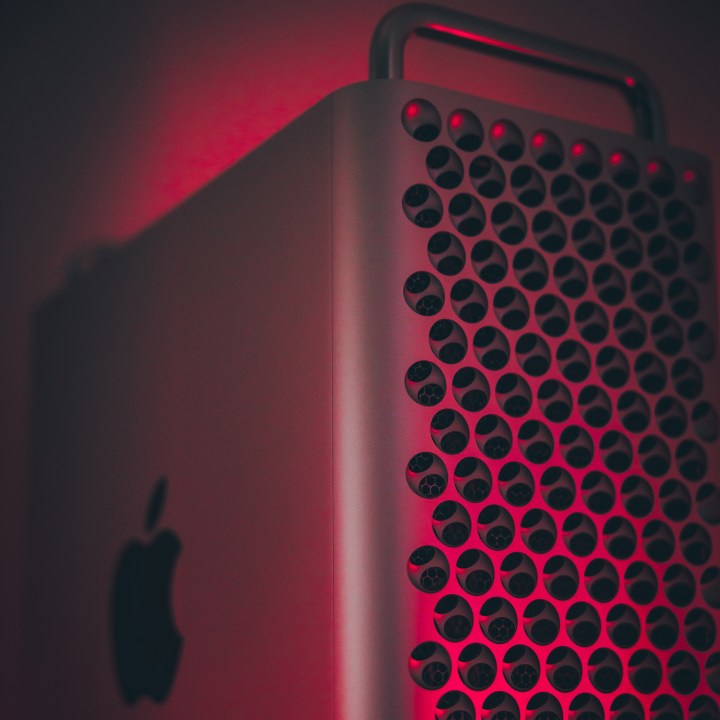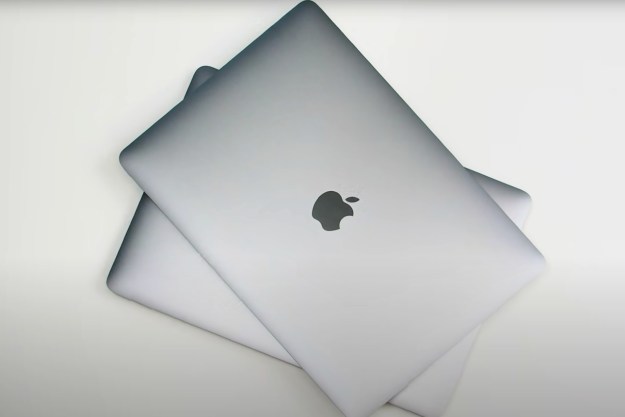Despite the undeniable success of the M1 Max and M1 Pro chips, rumors state that Apple may still release a new Intel-based Mac Pro in the near future.
Instead of fully switching to its own silicon, Apple seems to be working on two separate models of the Mac Pro: One based on Intel and one most likely equipped with the M1 chip.
According to MacRumors, the next (and possibly last) Intel-based Mac Pro will feature Intel’s Xeon Scalable processor. Intel promises that the CPU will offer high-level performance, A.I. acceleration more powerful than ever before, increased security, and great efficiency.
Alongside the Intel Mac Pro, Apple allegedly has a Mac Pro in the works that will utilize its own silicon. The ultra-powerful machine is said to come with 32 high-performance cores and 128 graphics cores. It may also be equipped with two or four dies of the M1 Max chip, bringing with it a massive performance boost.

Amidst the success of the newly-released 14-inch and 16-inch MacBook Pros, many may have assumed that Apple would be itching to leave Intel behind and switch to using its own silicon. It’s true that the M1 Max and M1 Pro chips offer previously unprecedented performance. A recent benchmark shows that the M1 Max chip demolishes the 2019 Mac Pro — it’s up to three times faster.
Historically, Mac Pro has always been Apple’s latest and greatest. Sporting some of the most powerful specifications on the market, the Mac Pro is made for professionals, including photographers, animators, video editors, and more. Although the difference between the 2021 MacBook Pros and the 2019 Mac Pro is clear, the fact that the Mac Pro is aimed at professionals is exactly why Apple may be trying to stick with Intel for a little while longer.
Although using its own silicon may be beneficial for Apple in terms of performance, it may also backfire when it comes to compatibility. The issue stems from the fact that Intel-based Macs run on a different architecture than those equipped with an Apple chip.
To ensure that apps built for Intel computers work well on Apple-based Macs, Apple uses Rosetta 2. Rosetta 2 is essentially an emulator that Apple designed in order to support the transition from Intel to Apple’s own processors.
According to Apple, if the app only supports Intel, MacOS automatically launches Rosetta in the background and translates the app in order to run it on Apple silicon. The company notes that this is not a permanent fix and still expects developers to optimize their software in preparation for the time when Apple’s cooperation with Intel comes to an end.

Rosetta 2 works well for most users, and in some cases, Intel-based apps actually run faster on Apple silicon simply due to the improvements brought on by the M1 chip. However, as the Mac Pro is aimed at Apple’s most high-profile clients, it makes sense that the company may not want to switch too abruptly. Releasing an Intel-based Mac alongside the new model based on Apple silicon gives every user the chance to adapt before pulling the trigger and switching entirely.
The redesigned Mac Pro equipped with an Apple chip is rumored to be released sometime in 2022. Apple hasn’t confirmed any release dates or specifications for either of the expected Macs, but judging by the performance of the already existing 16-inch MacBook Pro, Apple enthusiasts have an exciting year to look forward to.
Editors' Recommendations
- Here’s how the M3 Max chip compares to the most powerful Windows laptops
- I’m a laptop reviewer. Here’s why I still use a laptop from 2021
- Here’s why people are raising concerns about the M3 Pro MacBook Pro
- MacBook Pro M3: Should you choose the M3, M3 Pro, or M3 Max?
- Apple’s M3 Max appears to keep up with Intel’s top desktop CPU




